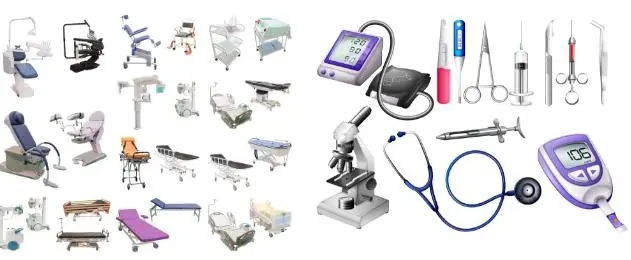
What is the ISO13485 standard?
The ISO13485 standard is a quality management system standard applicable to medical device regulatory environments. Its full name is "Medical Device Quality Management System for Regulatory Requirements." It adopts the relevant concepts based on PDCA in the ISO9001 standard. Compared with the ISO9001 standard, which is applicable to all types of organizations, ISO13485 is more professional and focuses on the design and development, production, storage and circulation, installation, service and final decommissioning of medical devices. and disposal and other related industry organizations. Currently, organizations can establish systems or seek certification based on the ISO13485:2016 standard.
ISO13485: Key contents of the 2016 standard
1. This standard takes regulatory requirements as the main line and strengthens the main responsibility of enterprises to meet regulatory requirements;
2. This standard emphasizes the risk-based approach to management processes and strengthens the organization's application of risk-based approaches to the appropriate processes required to control the quality management system;
3. This standard emphasizes the requirements for communication and reporting with regulatory agencies;
4. Based on ISO9001, this standard places more emphasis on the requirements for documentation and recording.
Applicable business types
The main types of organizations involved in ISO13485 certification include: medical device designers and manufacturers, medical device operators, medical device service providers, medical device software and hardware developers, and medical device parts/material suppliers.

Related product ranges applicable to ISO13485 certification:
Related products covered by ISO13485 certification are divided into 7 technical fields
1. Non-active medical equipment
2. Active (non-implantable) medical devices
3. Active (implantable) medical devices
4. In vitro diagnostic medical devices
5. Sterilization methods of medical devices
6. Medical devices containing/using specific substances/technology
7. Medical device-related services
Conditions for applying for ISO13485 certification:
Applicants should have clear legal status
Applicants should have corresponding licensing qualifications
1. For production enterprises, Class I products need to provide medical device product registration certificates and production registration certificates; Class II and III products need to provide medical device product registration certificates and medical device production enterprise licenses;
2. For operating enterprises, those operating Class II products need to provide a medical device operating enterprise registration certificate; those operating Class III products need to provide a medical device operating enterprise license;
3. For enterprises that only export, according to the documents issued by the Ministry of Commerce, Customs and Food and Drug Administration on March 31, exports of medical and epidemic prevention items must also obtain domestic medical device product registration certificates/recording certificates on the premise of meeting the requirements of the importing country. And medical device production enterprise license/recording certificate;
The applicant has established a documented management system in accordance with the standards (including quality manual, procedure documents, internal audit materials, management review materials and other related forms required by procedure documents)
Before applying for certification, in principle, the auditee's management system has been operating effectively for at least three months and has conducted a complete internal audit and management review (for the production of implantable medical device products, the system has been operating for at least 6 months, and for other products The management system has been running for at least 3 months)
The significance of ISO13485 certification:
1. Reflect the organization’s commitment to fulfilling relevant laws and regulations
2. Help organizations improve their management level and operational performance, and convey confidence to the public and regulatory agencies
3. The standard emphasizes the requirements of risk management to help organizations reduce the risk probability of quality accidents or adverse events through effective risk management.
Post time: Jan-04-2024





